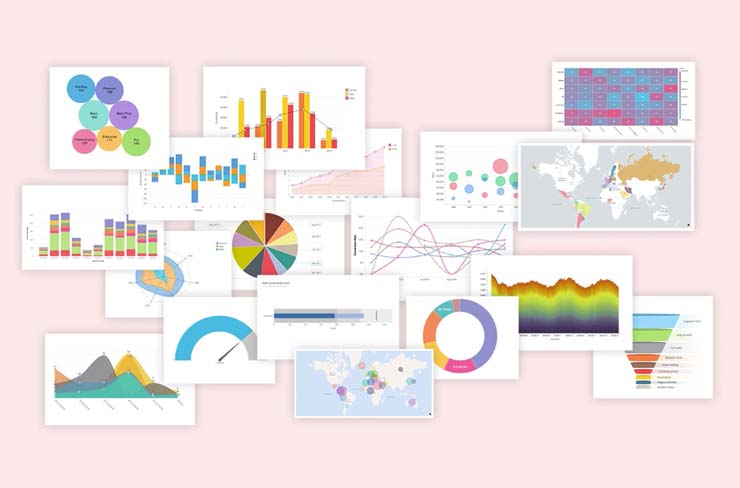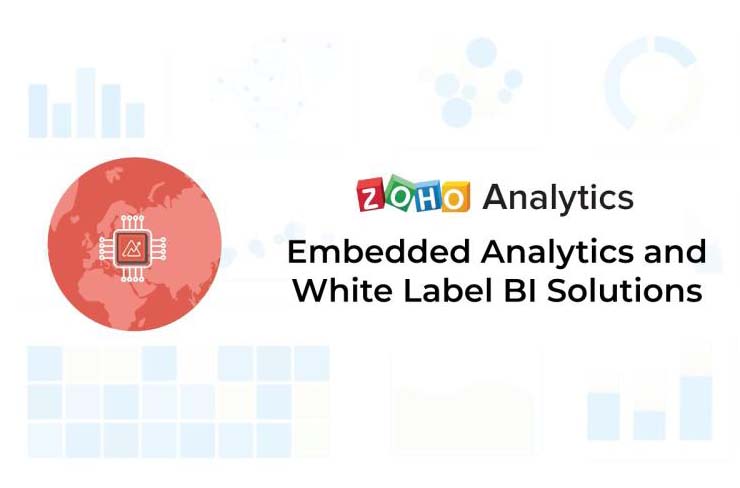What is Embedded Analytics
Embedded analytics refers to a digital workplace capability where data analysis occurs within a user's natural workflow, without the need to toggle to another application. Embedded analytics is seen as a “must-have” proposition for solution providers due to the growing demand for having analytics as a non-negotiable part of business applications/workflows.
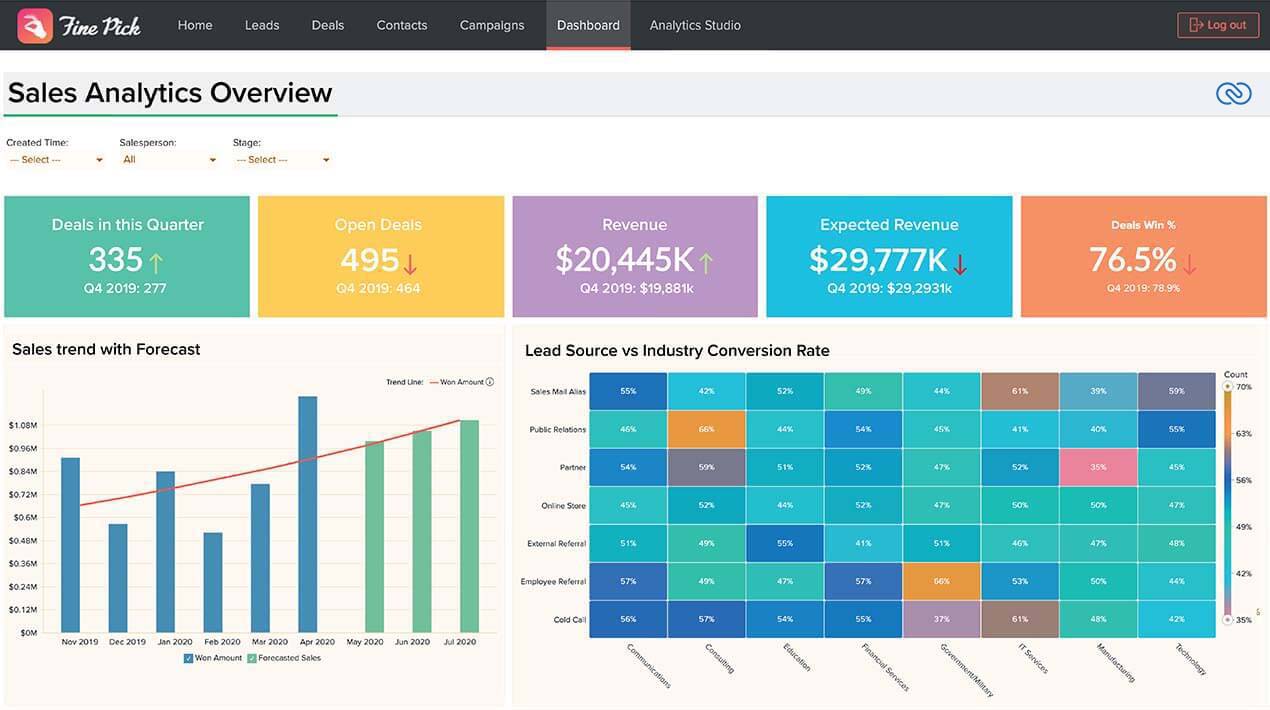
The relevance of embedded analytics
- Icon Need for embedded analytics: In today's fast-moving business world, managers and executives need the immediate availability of actionable insights. They can't afford to wait hours or days, like in the past. And in most situations, they need the insights right within the business applications they use. This is where embedded analytics comes in.
- Icon How does embedded analytics work: Embedding full-fledged analytics platforms seamlessly into existing business applications, websites, or portals is possible with a robust API library. This library facilitates data integration, modeling, authorization, custom styling, and dynamic report embedding, among other features.
- IconEmbedded analytics vs Business Intelligence: While business intelligence focuses on mining actionable insights from raw data, embedded analytics gives contextual insightsat actionable points within business workflows. Embedded analytics also broadens the user base for analytics consumption, thereby driving BI adoption.
- Icon How does embedded analytics enhance user experience: Embedded analytics is the integration of insights and action together on the same page by merginganalytics more pervasivelywithin business application workflows. This eliminates the need for users to toggle between multiple applications, significantly enhancing their convenience.
- Icon Embedded analytics use cases Embedding analytics can be done at business-critical points within applications such as ERP, CRM, HR, etc., and within processes that are conducted on a regular basis. This allows line-of-business workers, managers, and even customers without specialized data analysis skills to access relevant insights in real-time.
- Icon AI and Embedded Analytics: Integrating AI into embedded analytics solutions can unlock new possibilities and functionalities that benefit end users in unexpected ways. By leveraging NLP, Generative AI, and ML techniques for analytics functions, embedded analytics can deliver deeper, more personalized, and actionable insights in the least possible time.
- Icon Embedded analytics in mobile applications: Enhance your mobile user experience by embedding interactive analytics within mobile apps to present deeper insights and increase collaboration for information that eventually improves engagement
Benefits of embedded analytics
-
Growth in customer engagement
Though the number of users with access to self-service reporting tools and analytics apps has increased, the percentage of those who take full advantage of their capabilities is far less. Embedded analytics integrates BI & Analytics within the core business workflow that significantly increases the utility and adoption of the combined solution.
-
Gain a competitive advantage
A key impact of embedded analytics is value addition that brings about a unique selling proposition (USP) to the existing product/solution offering. Offering deep and contextual insights, enables in creating a positive impression and build it as a niche advantage in the marketplace.
-
Drive revenue growth
A common goal for business applications/product suites is to upsell; encourage customers to buy added functionalities over time. By adding embedded analytics to the suite, the customer is offered with an add-on to tailor their analytics experience, which can only maximise the revenue potential.
-
Real-time decision-making
By eliminating the toggling between applications and enabling users to analyze, evaluate, and share insights with the same context, embedded analytics facilitates faster decision-making that can be done in near real-time.
Key features of an embedded analytics platform
Visual Analysis
Slice and dice your data visually. Create dynamic and interactive reports and dashboards using a plethora of visualization options.
Augmented Analytics
Get quick insights from your data with minimal or no technical know-how using AI/ML augmented capabilities of Zoho Analytics.
Collaborative Analytics
Share reports and dashboards for collaboration and have fine-grained access control over what can be seen and done with them.
Seamless integration
Integrate a full-featured analytics platform within your application using our single sign-on API or SAML authentication.
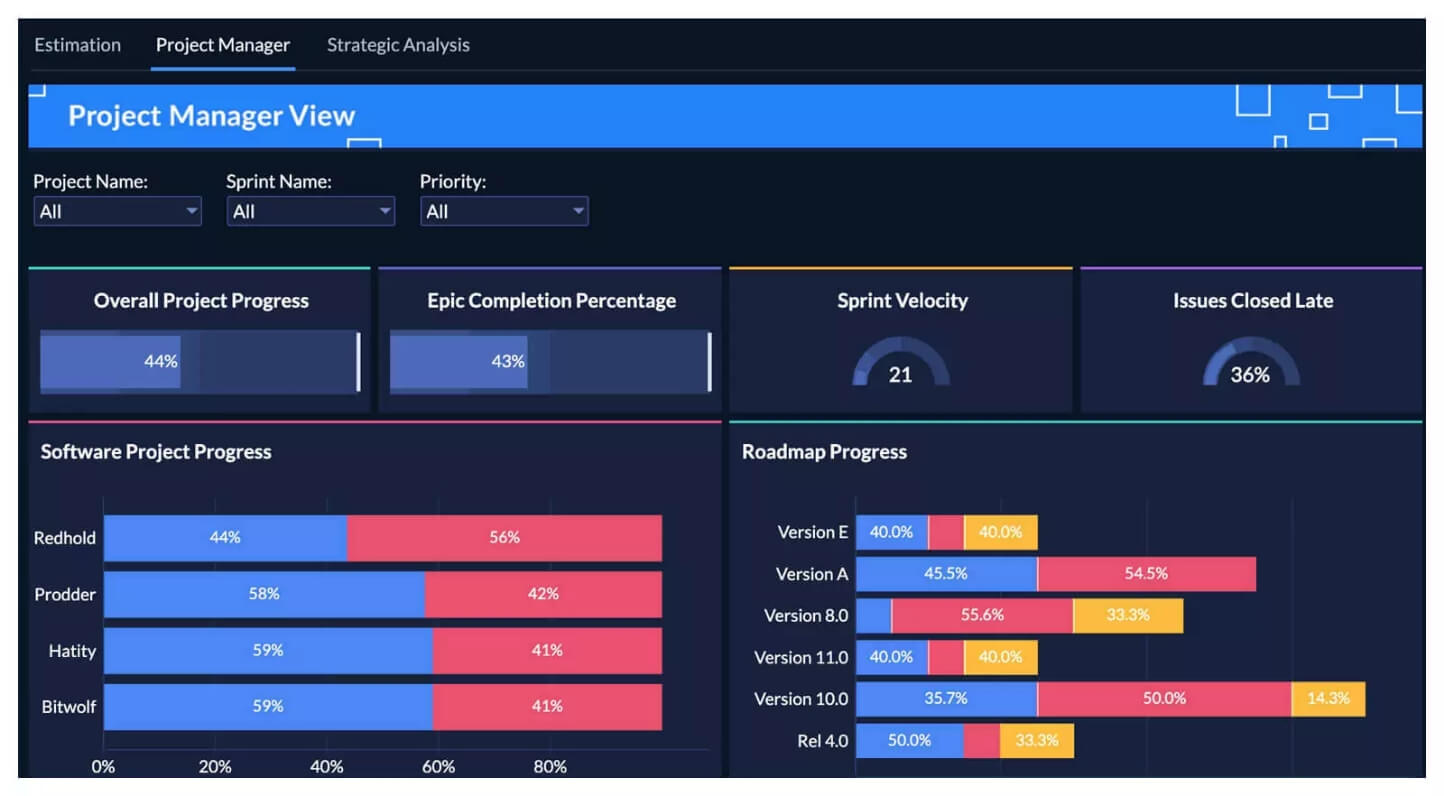
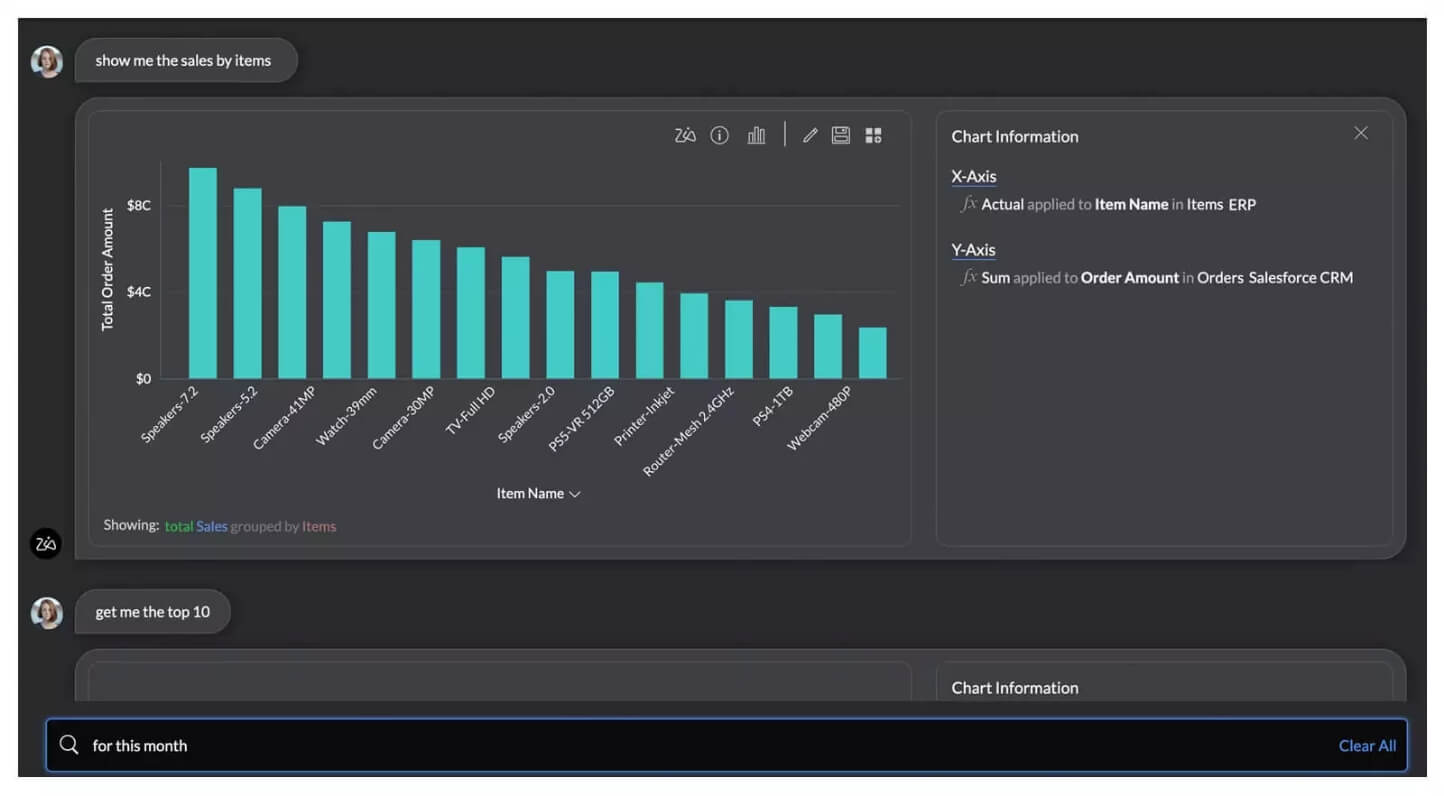
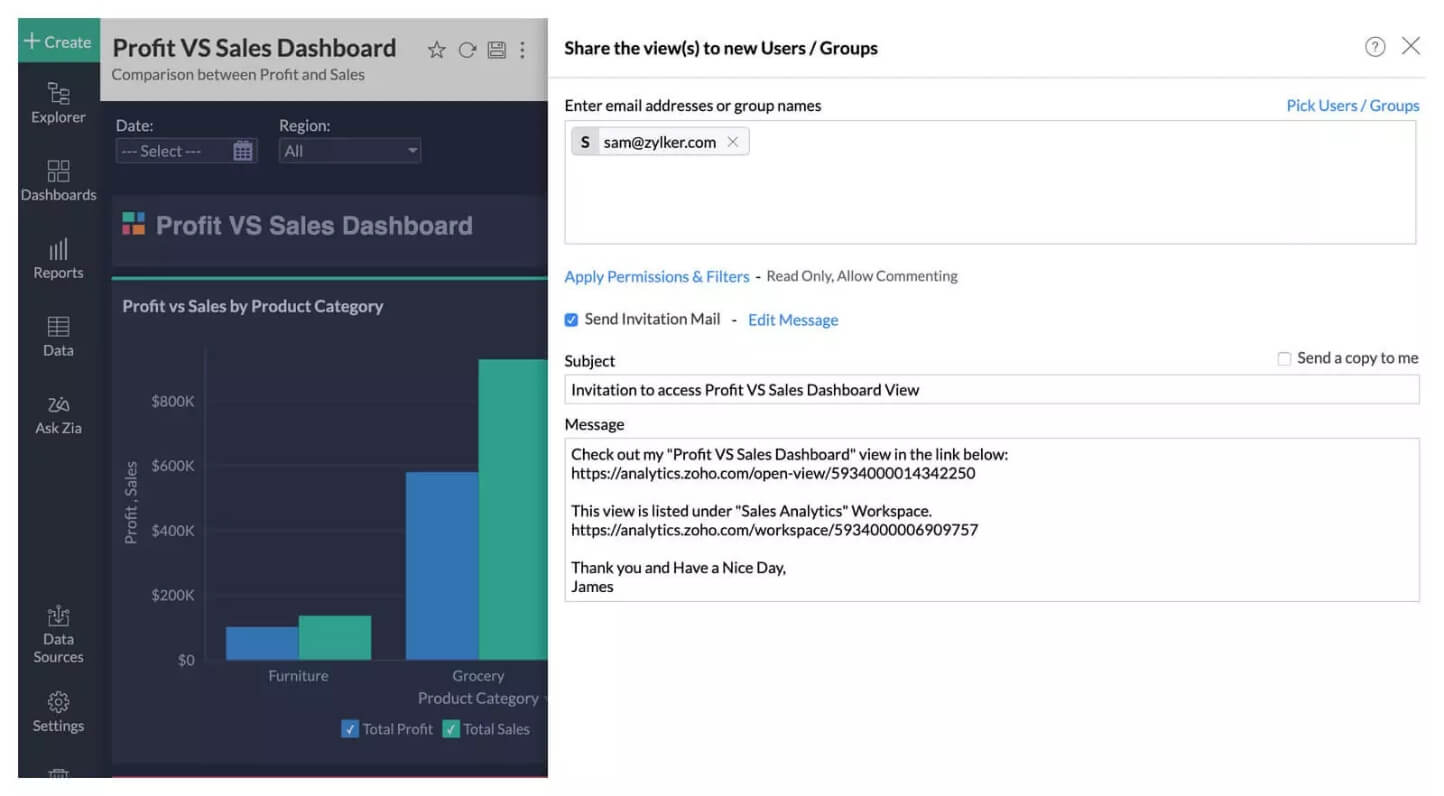
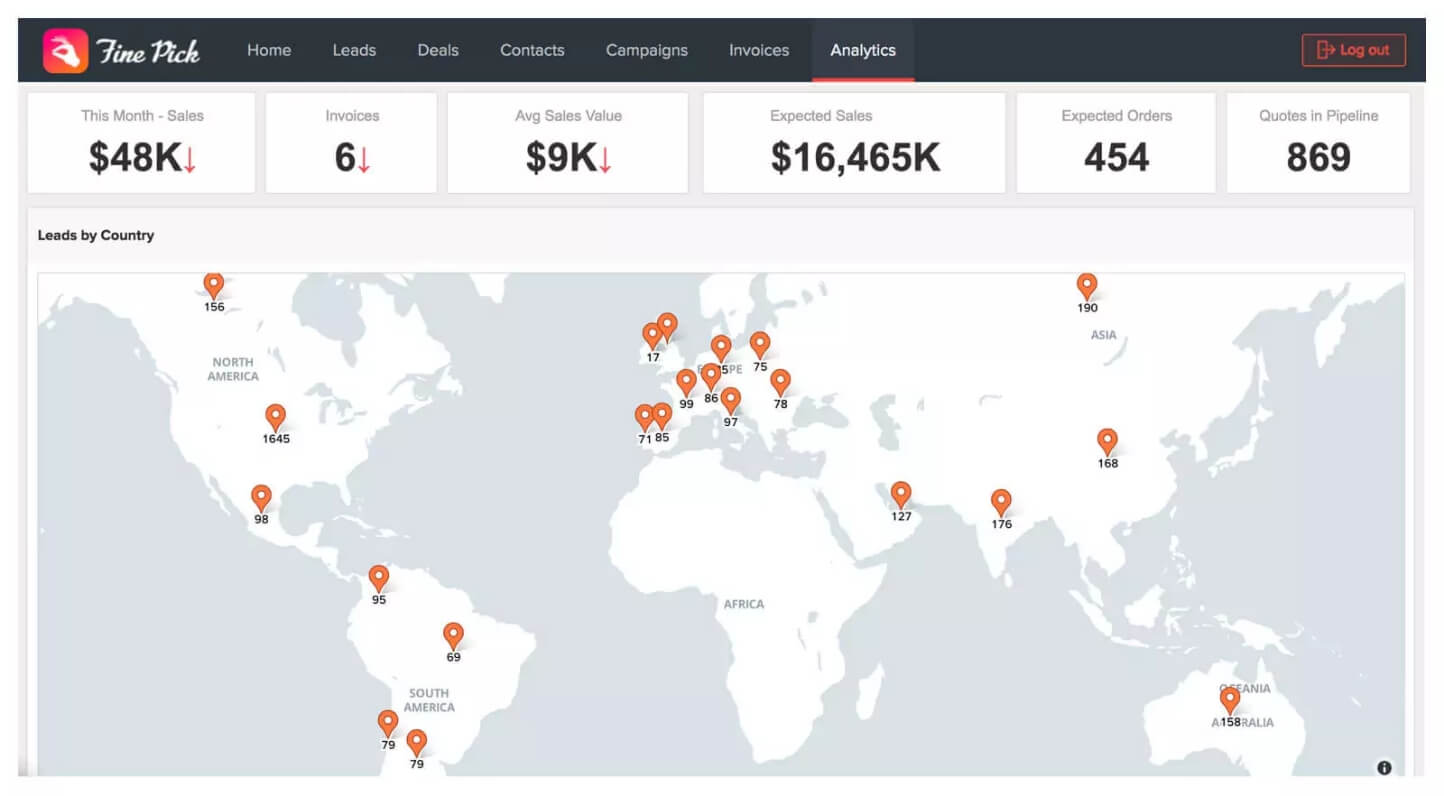
Get started with Embedded Analytics
Here is a checklist of 5 things you as a solution provider need to keep in mind, when it comes to embedding an analytics platform into your application. Also, know more about our embedded BI analytics software offering.
Want to join us? Get started now!
Get Started HereFrequently Asked Questions
How to embed analytics
- Identify the relevant use cases along with the suitable analytics capabilities.
- Choose an analytics platform that offers the required capabilities and supportive features, such as APIs and customizable templates, for embedding.
- Determine where and how you want to integrate analytics within your application.
- Plan the layout of the embedded analytics interface to align with the existing look and feel of your application.
- Utilize the supportive features of the analytics platform to embed analytics capabilities directly within your application's workflow and user interface.
Key features of an embedded analytics platform
- Here are some of the salient features to look out for in an embedded analytics platform:
- Customizable data visualizations
- Robust data connectivity and integration
- AI-powered advanced analytics capabilities
- Collaboration and sharing
- Data governance and security
- Scalability and performance
- In this context, we would like to highlight that Zoho Analytics possesses all the essential features to be an effective embedded analytics provider
